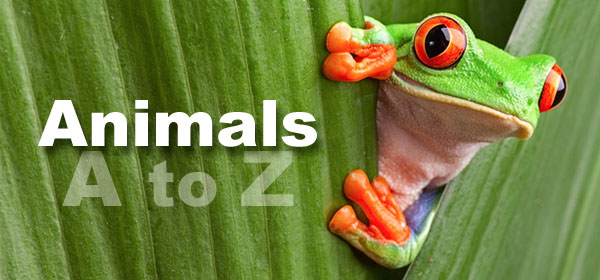Giant Desert Hairy Scorpion Natural History Size The Giant Desert Hairy Scorpion can grow up to 14cm long. Habitat and Distribution This nocturnal scorpion inhabits North America in desert regions where they live in burrows as deep as 2.5m. Diet These arachnids feed on insects and very small mammals (such as young mice). Groups and…
Socotra Island Blue Baboon Tarantula Natural History Size This tarantula can have a leg span up to 18cm. Habitat and Distribution These terrestrial tarantulas can be found on the Socotra Island off Yemen. They can usually be found on mountains at 850m above sea level and coastal plains. Diet These arachnids are insectivores and feed…
Black Beauty Stick Insect Natural History Size The Black Beauty Stick Insect can grow up to 5.5cm long. Habitat and Distribution This is a nocturnal invertebrate which is native to South America and they can be found in grassland and forest habitats. The area in which they live in is a in a small region…
Tyrant Ground Beetle Natural History Size The tyrant jungle beetle can grow to up to 4.5cm long. Habitat and Distribution This is a beetle species which is native to South Africa and they live in dry rocky outcrops and dry forests habitats. Diet Tyrant Ground Beetles are insectivores and eat many other insect species. Groups…
The African Giant Train Millipede Natural History Size These giant millipedes can grow up to 33.5cm. Habitat and Distribution They inhabit forested areas of tropical and sub-tropical western Africa. Diet The African Giant Train Millipede will feed on a range of fruits, vegetables and rotting leaves. Groups and Breeding A female will lay her eggs…
The Dairy Cow Isopod Natural History Size These isopods can grow up to 20mm. Habitat and Distribution These can live anywhere on land as long as the temperatures aren’t too low. Diet The Milk Isopod feeds on leaves and rotten wood. Age They have a lifespan of around 2 years. Groups and Breeding The female…
The Tractor Millipede Natural History Size The Tractor Millipede can grow up to 9 cm. Habitat and Distribution They inhabit forested areas. Diet The millipedes feed on leaves, decaying wood and lichen. Groups and Breeding There is a delicate mating ritual which culminates with them being face to face and the male transferring a spermatophore…
The Stag Beetle Natural History Size These beetles can grow up to 9cm. Habitat and Distribution They inhabit rainforests. Diet Stag Beetles feed on decaying wood as larvae and largely on leaves and fruit as adults. Groups and Breeding Females will lay their eggs directly in to the decaying logs underground to give their larvae…
The Caribbean Hermit Crab Natural History Size The Caribbean Hermit Crabs size varies on the size of shell they can find but they can be anywhere from a few millimetres to the size of a coconut. Habitat and Distribution They need access to both land and sea and live in tropical areas of the western…
The Flower Beetle Natural History Size The Flower Beetle grows up to 35mm. Habitat and Distribution They inhabit forested areas. Diet As grubs they eat decaying wood and leaves but as adults they prefer fruit. Groups and Breeding After mating, the female will lay her eggs in the ground. Once they hatch the larvae will…


